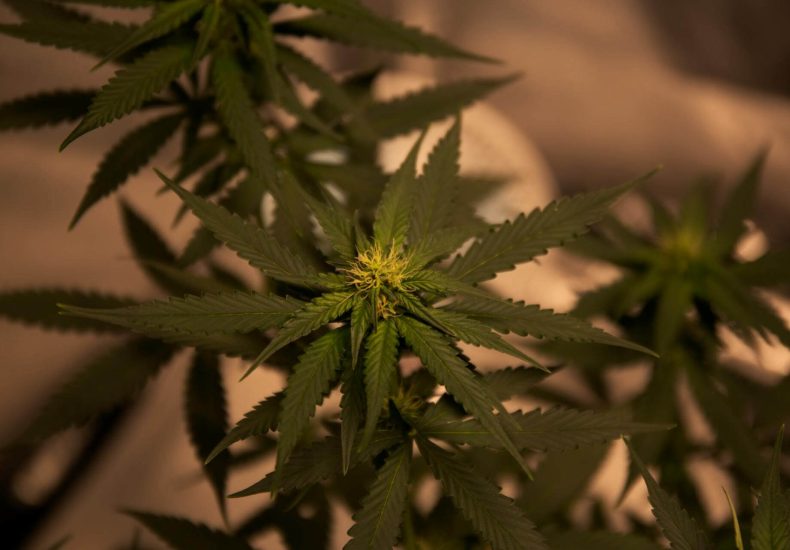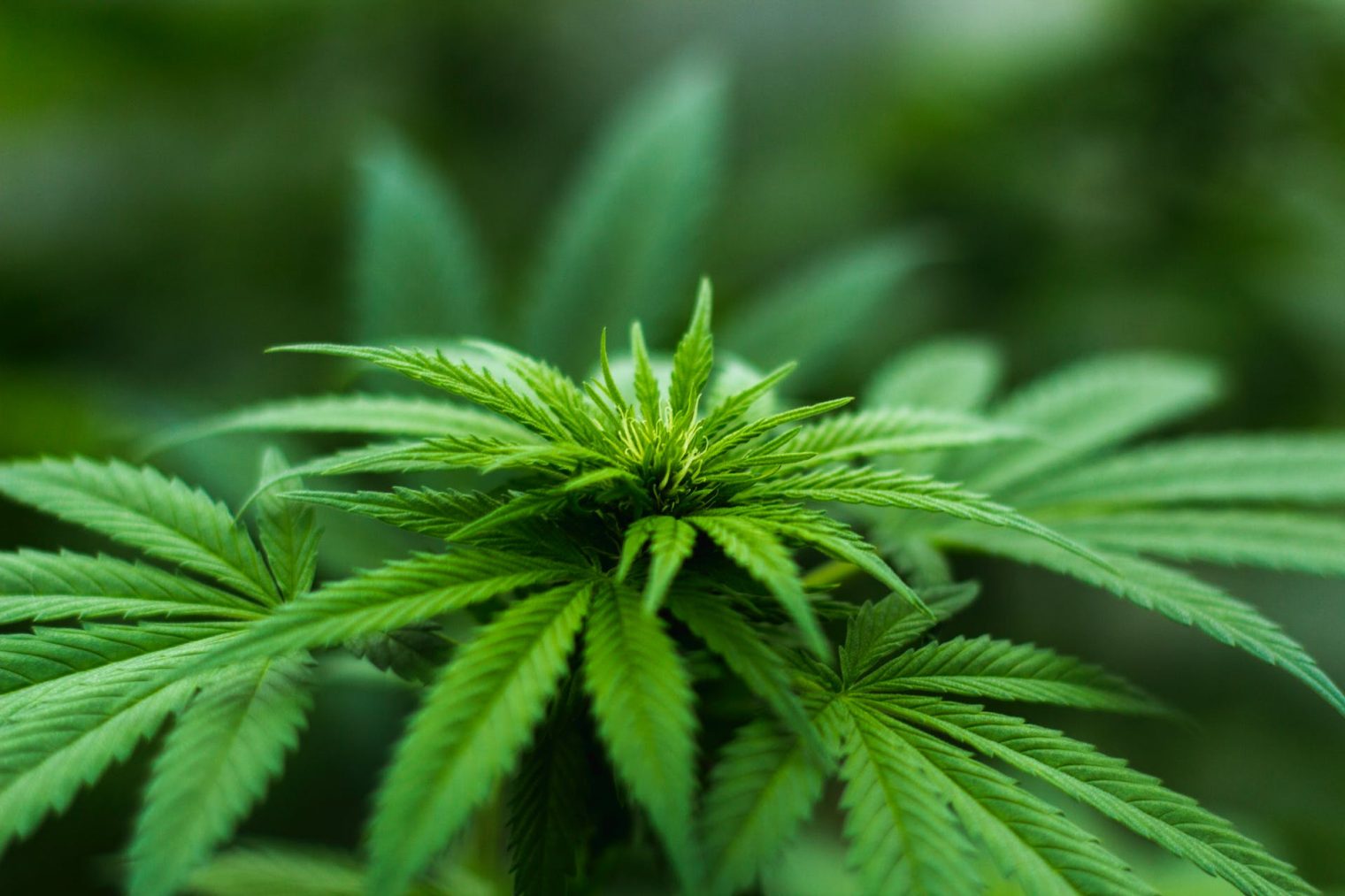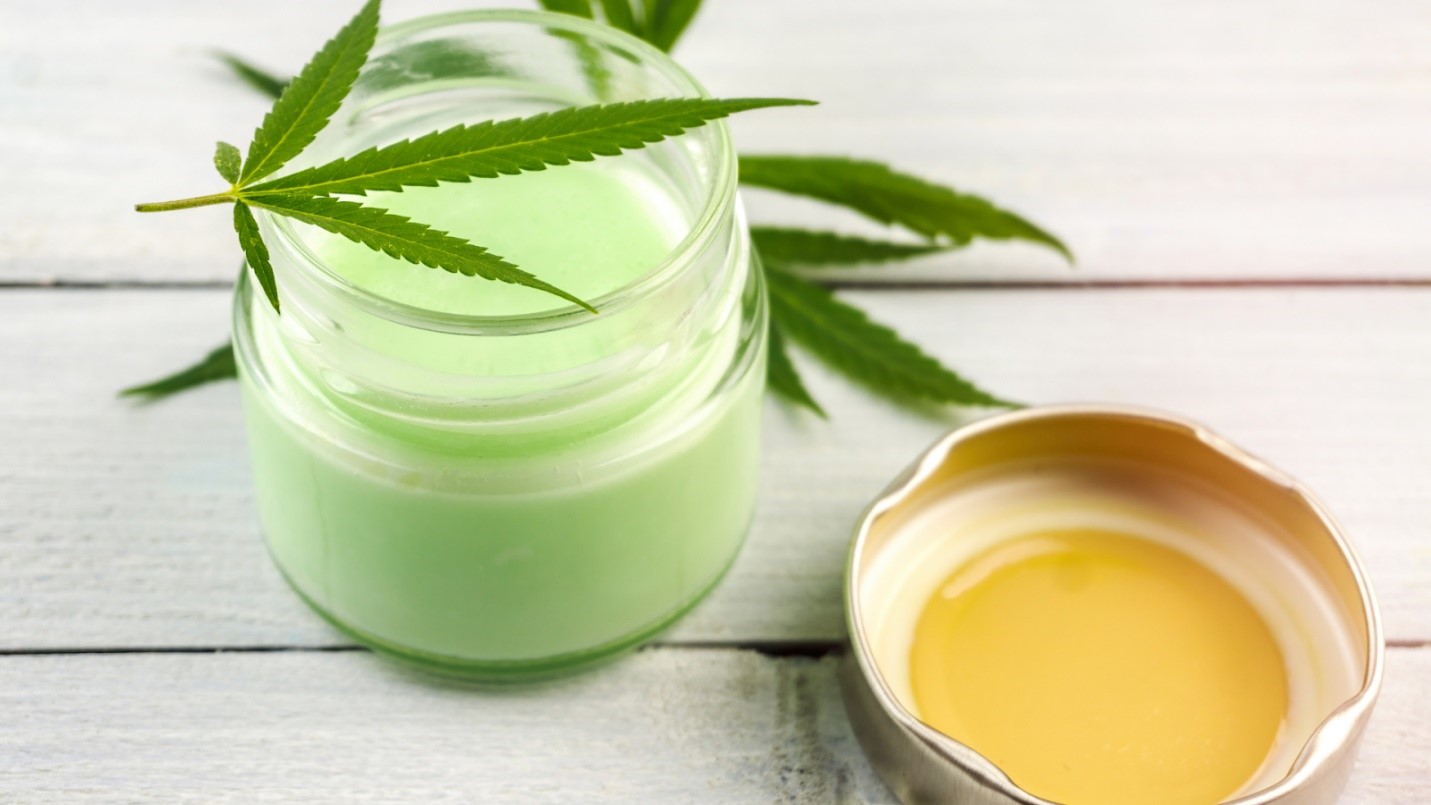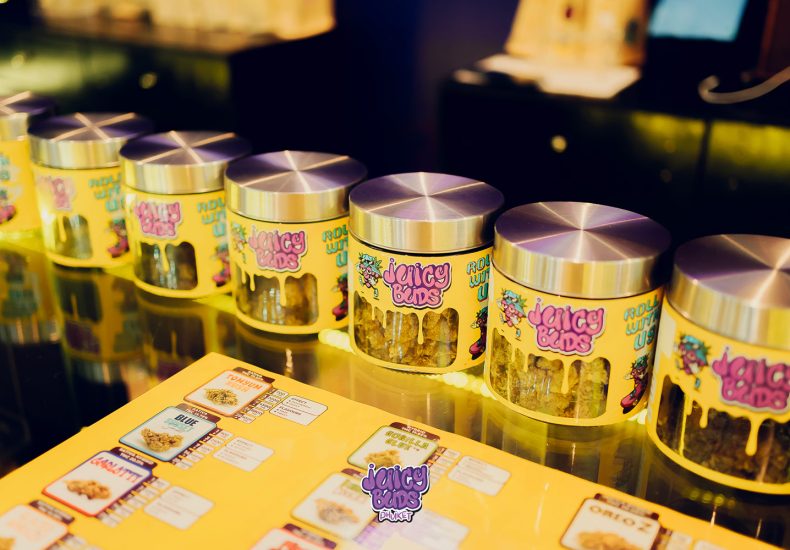 Cannabis
Cannabis
Table of Contents
Ever wondered how marijuana culture has changed through the years? You’re not alone. Many people are curious about how cannabis went from a plant used in ancient rituals to a subject of debates on legalization and social acceptance today.
One interesting fact is that humans have been using cannabis for thousands of years, both for its psychoactive properties and as an herbal remedy.
This blog post will take you on a journey through time, tracing the evolution of marijuana culture from its origins to present-day discussions about its place in society. By understanding where it all began, we’ll shed light on why this plant plays such a significant role in various communities across the globe.
Get ready for an enlightening marijuana culture ride!

Origins of Marijuana Culture
Cannabis has a rich history, deeply intertwined with rituals, medicine, and recreation. Its influence is echoed in social customs, artistic expressions, and euphemisms rooted in various cultures worldwide.
History of cannabis use for ritualistic, medicinal, and recreational purposes
Ancient texts and archaeological evidence show that societies thousands of years ago used cannabis for religious rituals, healing practices, and simply to relax or enjoy. Priests in ancient Mesopotamia burned cannabis as incense during sacred ceremonies, believing it could help connect with the divine.
In medieval times, healers mixed cannabis into medicines to treat ailments like malaria and pain due to its analgesic properties. Meanwhile, cultures around the globe indulged in smoking or consuming cannabis for pleasure, making it a part of their social fabric.
Through the centuries, this versatile plant has played many roles: from a holy herb in spiritual rites to a critical component in folk medicine cabinets across different civilizations; from being grown as a valuable hemp crop for textiles to its psychoactive resin being sought after for recreational use.
Even colonial era documents highlight its cultivation for various purposes including medical milestones achieved through research on herbal medicine. This rich tapestry of uses underscores how deeply interwoven cannabis is with human history, shaping social customs and inspiring representation in the arts long before modern debates about drug legalization began.
Social customs and euphemisms surrounding cannabis consumption
Cannabis consumption has been intertwined with social customs for centuries, with a multitude of euphemisms and colloquial terms used to refer to its use. From “weed” and “pot” to more modern slang like “joint” or “bong,” the lexicon surrounding cannabis reflects the ever-evolving nature of its culture.
These terms not only reflect changing attitudes towards marijuana but also serve as a way for enthusiasts to communicate their affinity discreetly. As public perception continues to shift, so too will these linguistic norms, offering insight into the world of cannabis culture.
Moving forward in this timeline, we will explore the origins and significance of International Observance of April 20 (4/20) – shedding light on its impact within marijuana culture.
Representation in the arts
Art has always been a reflection of society and culture. Throughout history, cannabis has made its way into various forms of artistic expression, from literature and music to visual arts.
Artists have used their talents to depict the historical, social, and personal aspects of cannabis use. The representation in art helps us understand the different perspectives on this psychoactive agent while influencing public perceptions regarding marijuana history in the United States.
The imagery depicted in various art forms serves as a powerful medium for portraying the diverse aspects of cannabis cultivation and consumption. It also plays a significant role in shaping attitudes towards cannabis use through visual storytelling that captures the essence of marijuana culture across time and cultures.
International Observance of April 20 (4/20)
April 20, also known as 4/20, holds significant recognition in marijuana culture. It has impacted traffic safety and legislation, sparked controversies, and even created new opportunities for commerce within the cannabis industry.
Origins and significance of 4/20 in marijuana culture
In marijuana culture, the origins and significance of 4/20 date back to a group of high school students in California who designated 4:20 PM as their time to meet for a smoke session.
As the code spread, it became synonymous with cannabis culture and is now widely recognized as a day to celebrate and advocate for marijuana legalization. The symbolic event has expanded across the globe, contributing to public discussions around cannabis use and legislation.
Amidst controversies and commercialization, 4/20 has become an important platform for advocates seeking social change in drug policy. The day serves as a reminder of the evolving attitudes towards cannabis use and its impact on society globally.
Effects on traffic safety and legislation
The transition from understanding the significance of 4/20 in marijuana culture to exploring its effects on traffic safety and legislation is crucial. Legislation has grappled with regulating marijuana consumption and ensuring traffic safety alongside increasing acceptance of cannabis use.
The legalization of marijuana for medical and recreational purposes significantly impacts traffic laws, enforcement, and awareness campaigns surrounding impaired driving. It also triggers discussions about setting legal limits for THC levels in drivers, enhancing roadside testing methods, and preventing drugged driving accidents.
Furthermore, the changing landscape of legalized cannabis necessitates rethinking road safety policies to address potential consequences while ensuring safe roadways. Public education efforts must also adapt to reflect the new laws’ impact on impaired driving due to cannabis use.
Controversies and commerce surrounding 4/20
The transition from the “Effects on traffic safety and legislation” to “Controversies and commerce surrounding 4/20” sheds light on the commercialization of 4/20. Numerous controversies have surrounded this date, with retailers leveraging it as an opportunity for record-high sales.
The booming cannabis industry has sparked debates around ethical marketing, over-commercialization, and the exploitation of counterculture movements for profit. Moreover, discussions focus on how the commodification of a once underground holiday impacts its authenticity and significance.
Cross-Cultural Differences in Cannabis Use
Cross-cultural differences in cannabis use reflect varying attitudes, stigmas, and public policies related to marijuana across different societies. These distinctions highlight the role of social class, gender, race, ethnicity, and the medicalization of cannabis in shaping unique perspectives on its use.
Explore the intriguing dynamics that shape global attitudes towards cannabis consumption by diving into our article.
Role of social class, socioeconomic status, and public policy
Social class, socioeconomic status, and public policy significantly impact attitudes towards cannabis use. The enforcement of drug laws has historically targeted lower-income communities, resulting in disparities in arrests and convictions for marijuana-related offenses.
Public policies surrounding cannabis have evolved with varying impacts on different socioeconomic groups. Socioeconomic status also influences access to medical marijuana and the ability to navigate the legal landscape of cannabis consumption, shaping disparities in its usage and perception.
Understanding how social class, socioeconomic status, and public policy intersect with cannabis culture offers insight into the complex dynamics influencing attitudes towards marijuana across diverse communities.
These factors underscore the need for inclusive discussions when considering future policies related to cannabis use.
Attitudes and stigma towards cannabis use
Attitudes and stigma towards cannabis use vary based on social class, public policy, and cultural influences. Gender, race, ethnicity also play a role in shaping perceptions of marijuana.
As medicalization gains traction, these attitudes are ever-evolving. The endocannabinoid system discovery has notably shifted perspectives and debates on cannabis legalization across different cultures.
The influence of various cultures continues to shape the future of cannabis culture amid ongoing dialogues surrounding its recreational and medicinal usage. Understanding these complex dynamics unlocks secrets about changing perceptions that underpin society’s evolving relationship with marijuana.

Gender, race, and ethnicity in relation to cannabis use
Cannabis use varies among different genders, races, and ethnicities. Studies show that men are more likely to consume cannabis than women. Additionally, there are significant racial and ethnic disparities in marijuana arrest rates and convictions.
Historically marginalized groups have been disproportionately affected by drug enforcement policies, leading to a complex relationship between race/ethnicity and cannabis use.
The social stigma associated with cannabis use differs across genders, races, and ethnicities as well. Understanding these differences is crucial for developing effective public health interventions related to cannabis use within diverse communities.
Medicalization of cannabis
Moving from the social dynamics of cannabis use to its medicalization, the shift in perception and legislation broadens our insight into cannabis culture. The medical use of cannabis has gained momentum in recent years, unlocking potential therapeutic benefits for an array of health conditions.
As research on marijuana’s impact intensifies, it reveals a complex web that intertwines public policy, medicinal advancements, and societal attitudes. Resin production in marijuana plants has been a focal point in developing various forms of medical marijuana products tailored towards alleviating specific ailments.
Furthermore, exploring psychoactive agents in marijuana unlocks the secrets behind their efficacy as treatment options. With ongoing debates surrounding medical marijuana history outlining intricate regulatory measures, dispensaries are designed to enhance access while maintaining robust compliance with legalization protocols.
The Future of Cannabis Culture
The discovery of the endocannabinoid system continues to impact cannabis use, shaping changing perceptions and debates on legalization. Cultural differences in attitudes towards cannabis use are influenced by various cultures, acknowledging their contribution to the evolution of marijuana culture.
The discovery of the endocannabinoid system and its impact on cannabis use
The endocannabinoid system was discovered and has since influenced cannabis use. This complex network of receptors, enzymes, and endocannabinoids plays a crucial role in regulating various physiological processes.
Research surrounding this system has spurred discussions on the potential therapeutic benefits of cannabis. The understanding of how cannabinoids interact with the endocannabinoid system has led to ongoing debates about legalization and medicalization.
Moreover, this discovery has prompted a shift in attitudes towards cannabis as it continues to shape the future of marijuana culture.
Changing perceptions and debates on cannabis legalization
Cannabis legalization has sparked various debates and shifted societal perceptions. As the medical benefits of cannabis become more evident, advocates have been pushing for its widespread legality.
Simultaneously, opponents argue over potential misuse and public health concerns related to increased access. These discussions influence legislative changes and drive community attitudes toward marijuana use.
The ongoing dialogue around cannabis legalization reflects a significant shift in cultural norms and governmental policies worldwide. Advocates stress the economic potential of legalizing marijuana while addressing historical disparities in law enforcement practices concerning drug offenses.
Cultural differences in attitudes towards cannabis use
Cultural nuances significantly shape attitudes toward cannabis use worldwide. Social class, public policy, and traditional beliefs influence acceptance or stigma surrounding marijuana.
Gender and racial disparities also impact how cannabis consumption is perceived in different cultures. Medicalization has further altered perspectives on marijuana across various societies, contributing to ongoing debates about its use.
As we explore the future of cannabis culture, it’s essential to acknowledge how various cultural influences have shaped the evolution of marijuana traditions and perceptions globally.
Acknowledgments and the influence of various cultures on the evolution of marijuana culture.
Various cultures have significantly influenced the evolution of marijuana culture. From diverse cannabis rituals and customs in ancient civilizations to the modern-day global impact on cannabis legislation and social attitudes, cultural influence has been profound.
Different ethnicities and races have distinct perspectives on cannabis use, while socioeconomic factors often shape public policy.
The representation of marijuana in art throughout history also showcases how various cultures have embraced or rejected cannabis. The medicalization of cannabis, driven by discoveries such as the endocannabinoid system, further reflects a cross-cultural collaboration in understanding its potential benefits.
Marijuana Culture
Tracing the journey of marijuana culture through time has showcased its rich history and cultural significance. The various customs and euphemisms surrounding cannabis consumption have made a lasting impact in art, society, and popular culture.
Understanding the implications of international observance of April 20 (4/20), its controversies, and commercial influence offers valuable insights into marijuana culture. Exploring cross-cultural differences in cannabis use reveals significant social factors that play a role in shaping our attitudes and perceptions.
As we look to the future, the discovery of the endocannabinoid system and evolving debates on legalization will continue to shape this everchanging cultural landscape. Acknowledging the influence of diverse cultures is key as we navigate this complex world of marijuana culture.


